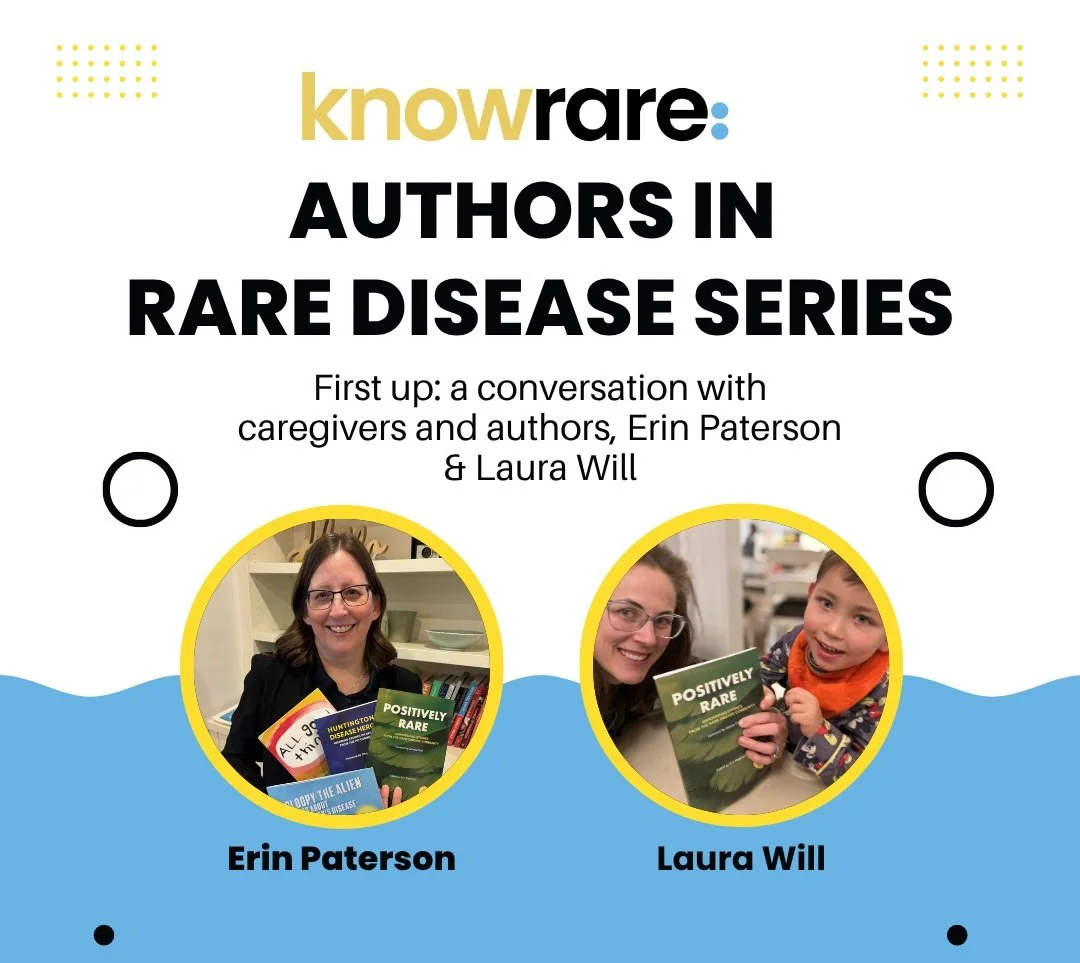Dr. David Fajgenbaum: How one doctor turned hope into action to treat his own rare disease
To truly understand the intricacies of a rare disease, it takes a rare type of doctor. Get to know the specialists who are at the forefront of rare disease research with our series, Changemakers in Rare.
Dr. David Fajgenbaum, American immunologist, author, and co-founder and President of the Castleman Disease Collaborative Network (CDCN)
Dr. David Fajgenbaum was in his third year of medical school when a rare and mysterious illness derailed his plans. Crushing fatigue, abdominal pain, and multiple swollen lymph nodes progressed rapidly, and he found himself in the ICU with multiple system organ failure. Recovering from the brink of death, he was diagnosed with Castleman disease (CD), a rare condition that at the time was thought to be a lymph node disease with similarities to cancer.
Fajgenbaum’s diagnosis was idiopathic multicentric Castleman disease (iMCD), the most severe form of CD. His outlook seemed grim. Would he have to give up his dream of marrying and starting a family with the love of his life? What kind of future could he hope for? He was reluctant to make any long-term plans. Little did he know then, he had actually found his life’s mission.
Fajgenbaum relapsed and recovered several more times, and each time he relapsed, his situation seemed more dire. The few treatments available for people with CD were not working for him. He had held onto a belief that somewhere, researchers were working diligently to understand and cure his condition. But when he heard no new treatments for CD were under development, he knew what he had to do. He tells the whole remarkable story in his bestselling book, Chasing My Cure: A Doctor’s Race to Turn Hope Into Action.
In his book, Fajgenbaum recalls the moment he realized finding a treatment for his disease was up to him. “…I had the most clear and important thought of my young life: I could no longer just hope that my treatment would work. I could no longer rely on the previous research. I could no longer hope someone else, somewhere would perform research that would lead to breakthroughs that could save my life. If I were to survive again—and survive long-term—I had to get off the sidelines and act,” he writes.
Along with his doctor, Frits van Rhee, Fajgenbaum founded the Castleman Disease Collaborative Network (CDCN), a global initiative dedicated to accelerating research and treatment to improve survival for all patients with CD. Fajgenbaum began studying CD, drawing on his research skills and medical training. Poring through data, analyzing clinical reports, and carefully observing his own signs and symptoms, he developed a new hypothesis: CD was more like an autoimmune disease than cancer. With this new understanding, he identified an existing treatment that seemed to have potential for iMCD. The drug, sirolimus, was already FDA-approved for use in kidney transplantation. It proved to be a game-changer for Fajgenbaum and others with the same severe form of CD.
Fajgenbaum and the CDCN have also developed ways of “crowdsourcing” resources that promise to revolutionize the way rare disease clinical research is conducted. Instead of sitting back and waiting to see who applies for grant funding, the CDCN reaches out to researchers they feel are a good fit for studies they want to see conducted. Their collaborative approach provides a blueprint that anyone can use to accelerate research on any rare disease.
Today, Fajgenbaum is Assistant Professor of Medicine in Translational Medicine & Human Genetics at the University of Pennsylvania; Founding Director of the Center for Cytokine Storm Treatment & Laboratory; Associate Director of Patient Impact for the Penn Orphan Disease Center; and Executive Director of the CDCN. Most recently, his team at the University of Pennsylvania took on the challenge of COVID-19 with the CORONA (Covid Registry of Off-Label and New Agents) project. Their research shed new light on a type of hyperimmune response—called a “cytokine storm”—that occurs in iMCD and also affects certain patients with COVID-19. “With iMCD, just as with COVID-19, it is the body’s hyper-response that’s deadly rather than the disease itself, and this study gives us new clues about why the immune cells are out of control and what we can do to rein them in,” Fajgenbaum said in a news release.
Fajgenbaum’s book is an inspirational read for anyone with a rare disease. His ability to stay positive while actively seeking solutions—and his success in finding a treatment for his own disease—is a testimony to the power of hope in action. His focus on identifying FDA-approved drugs that can be repurposed for rare conditions can shorten the time to access treatments that may help people with rare diseases who currently have no other options.
Resources for Castelman’s Disease
Chasing My Cure: A Doctor’s Race to Turn Hope Into Action by Dr. David Fajgenbaum
The Castleman Disease Collaborative Network (CDCN) :
P.O. Box 3614
Paso Robles, CA 93447































